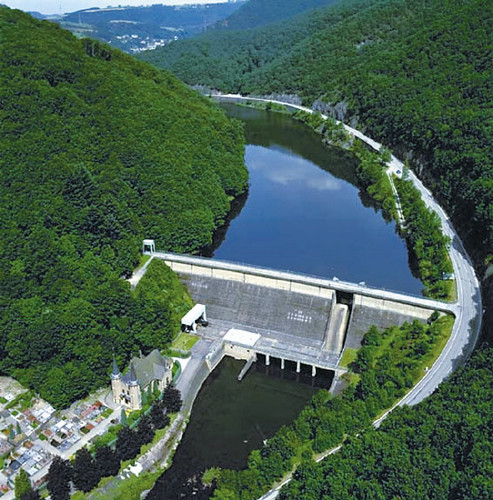Renewable energy equity investments taking an possession
stake during a project, or company, involve investments by a spread of monetary
investors together with non-public Equity Funds, Infrastructure Funds and
Pension Funds, into corporations or directly into comes or portfolios of
assets.
Depending on the sort of business, the stage of development
of the technology, and degree of risk associated, differing types of equity
investors can have interaction e.g. Venture Capital are targeted on ‘early
stage’ or ‘growth stage’ depending on how far away from the laboratory and
industrial roll out technology companies; ‘Private Equity’ companies, that
specialize in later stage and a lot of mature technology or comes, and
customarily expect to ‘exit’ their investment and build their returns during a
three to five year timeframe; Infrastructure Funds, historically fascinated by
lower risk infrastructure like roads, rail, grid, waste facilities etc., that
have an extended term investment horizon and therefore expect lower returns
over this period; Institutional Investors like Pension Funds have a good longer
time horizon and bigger amounts of cash to take a position, with lower risk
appetite.
Funds use Internal Rate of come (IRR, or ‘rate of return’)
of every potential project as a key tool in reaching investment selections.
it's used to live and compare the profitability of investments. Funds can
typically have an expectation of what IRR they have to realize, called a hurdle
rate. The IRR will be said to be the earnings from an investment, within the
style of an annual rate of interest. within the us, ‘tax equity’ is
additionally used to finance renewable energy projects: companies with a
sizeable tax liability income will use these investments to offset future tax
obligations

No comments:
Post a Comment